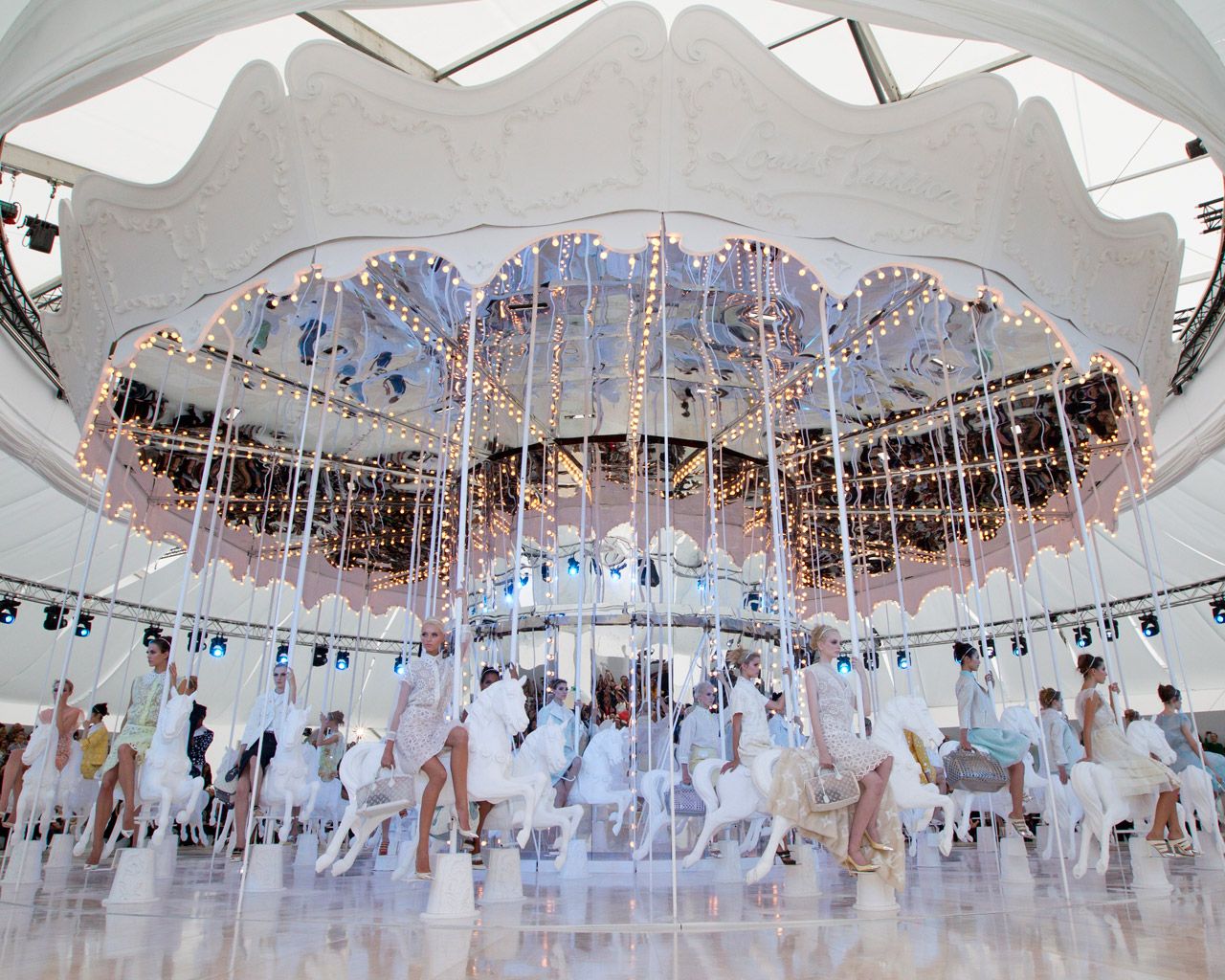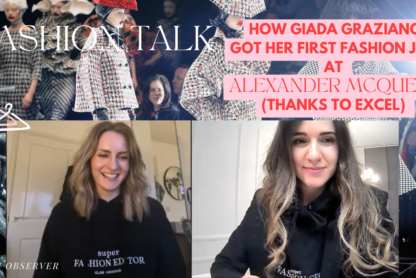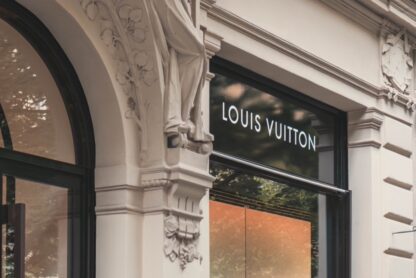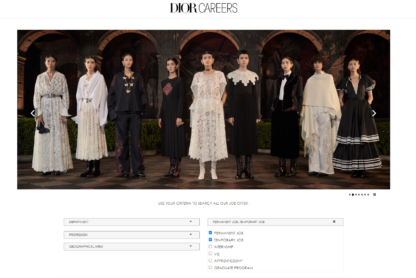Welcome to 25 days of fashion! A new series to let you discover more about fashion during the Christmas holidays! Running from Dec 1st to the 25th we will publish a new article everyday with curiosities about the fashion industry, career tips, the history of fashion designers and more but also gifts for you! Stay tuned and make sure you visit glamobserver.com everyday to read the latest articles and know how to win your fashion gifts! You can even subscribe to our newsletter to receive weekly recaps and not miss any news plus gifts!
Welcome to Day 8: The evolution of fashion shows
Fashion week as we know it has become a global phenomenon, the month itself is filled with news of what’s going on in the four major fashion capitals; Milan, Paris, London and New York. But do you know how Fashion shows began? How much have they changed in the 21st century? We have all you need to know on traditional fashion shows, why they began and how they got to where they are now.
THE FORMULA
The traditional formula of the catwalk hasn’t changed too much since the start of the 21st century, keeping these 3 key elements: clothing is illuminated on the runway by specific lighting, there is a certain order which each model walks out in onto the runway and images are made available to the press and wider public after the show, these images are then used by the wider industry as they trickle down to shape the context of that season.
THE FIRST FASHION SHOW(S)
But how did the iconic fashion catwalk even begin? A whole show dedicated to a sole collection each season. It’s hard to imagine a world where fashion wasn’t based around collections, but it is true. It wasn’t until Charles Fredrick Worth (an important figure in founding haute couture) first recognised his own business model based around a single collection, showcasing a series of garments and designs unique to this one collection only. The idea of organizing events twice a year so all fashion clients could be in town at the exact same time, viewing different ‘collections’ of garments was born.
The early 1900’s saw the start of these incredibly intimate runway shows, they were not a public event by all means. They rarely even had cameras there, it was a space for journalists, buyers and the clients. It was simply a personal presentation of the product line before it’s put into production. It wasn’t until the early 1990’s that the fashion show as we know it today became a very visible, public event, it had always been an established insider event for decades prior. There is now this clear notion that fashion week is a spectacle we all engage in, with or without an invite. As shows became more elaborate they came to value branding and marketing at a whole new level.
THE FIRST FASHION WEEK
Eleanor Lambert and Ruth Finely created the first ever ideation of a fashion/ trade calendar of how fashion week runs to ensure designers don’t overlap, this set the model for how fashion weeks are replicated around the world today. Designers have 15 minutes to appeal to their VIP guests who have been attending many shows back to back, it’s important they stand out. Therefore designers theme their shows to be extravagant and immersive enough to create such powerful memories, which is a great strategy to draw attention from press and industry insiders digging for invites.
Even though the runway shows have gotten bigger and more extravagant, expectations of the original catwalk are still present and can be seen today. The runway and walk setting is consistent, however the setting and venues are not traditional and have become more innovative and exciting throughout the 21st century.
SOME MEMORABLE AND ORIGINAL FASHION SHOWS TO TAKE A LOOK AT:
Chanel A/W 2017/18
Anya Hindmarch S/S 2016
Alexander McQueen S/S 1999
Raf Simons S/S 2018
Chanel S/S 2019
FASHION SHOWS TODAY
Fashion shows really became about capturing people in the moment and creating a memorable experience, it became more than just showing off the details of each garment, like a walking catalogue to show the silhouette of each piece.
Not only have brands really bent the boundaries of the runway in traditional spaces, but for a period of time there was also a trend to take fashion runways on location. Before a time of scrutiny of fashion for excess and sustainability, this captured the attention of lots of fashion insiders, creating an extra memorable experience by relocating their shows. Karl Lagerfeld’s 2007 Fendi show at the Great Wall of China cost a massive 10 millions dollars and a lengthy debate with the Chinese government to produce the extravagant show which lasted a total of 30 minutes. Now this would face scrutiny of excess and issues of sustainability flying everyone over the world.
Changes in fashion climate, cost, excess and sustainability have all given rise to new forms of fashion show ideas including; Showrooms, look books, dinners, parties, events, webcasts. Designers today are only limited to their imaginations in today’s world.
We can now watch the catwalk live on Instagram; which is a fashion house’s use of digital marketing to engage with the audience on a personal level, offering this insight to the fashion world we once never even got a glimpse of. However there are some complication of digital technology on the catwalk, as shows get streamed live to become accessible to everyone, we see the garments in detail seconds after it goes down the runway, it begins to raise some important questions; if events are becoming more digital, if they are becoming less and less exclusive, does it no longer matter is everybody is in the same place at the same time? Do we need to have a fashion calendar in the same way we have always had traditionally? What are your thoughts on these unconcluded questions of the industry? Head to our Instagram now to discuss with us.
Traditional fashion shows make amazing memories, they have spectacular settings creating stunning imagery, whereas future shows give wider context that increasingly values personal experience to viewers. But what could this new direction mean for the fashion calendar we have always known?









